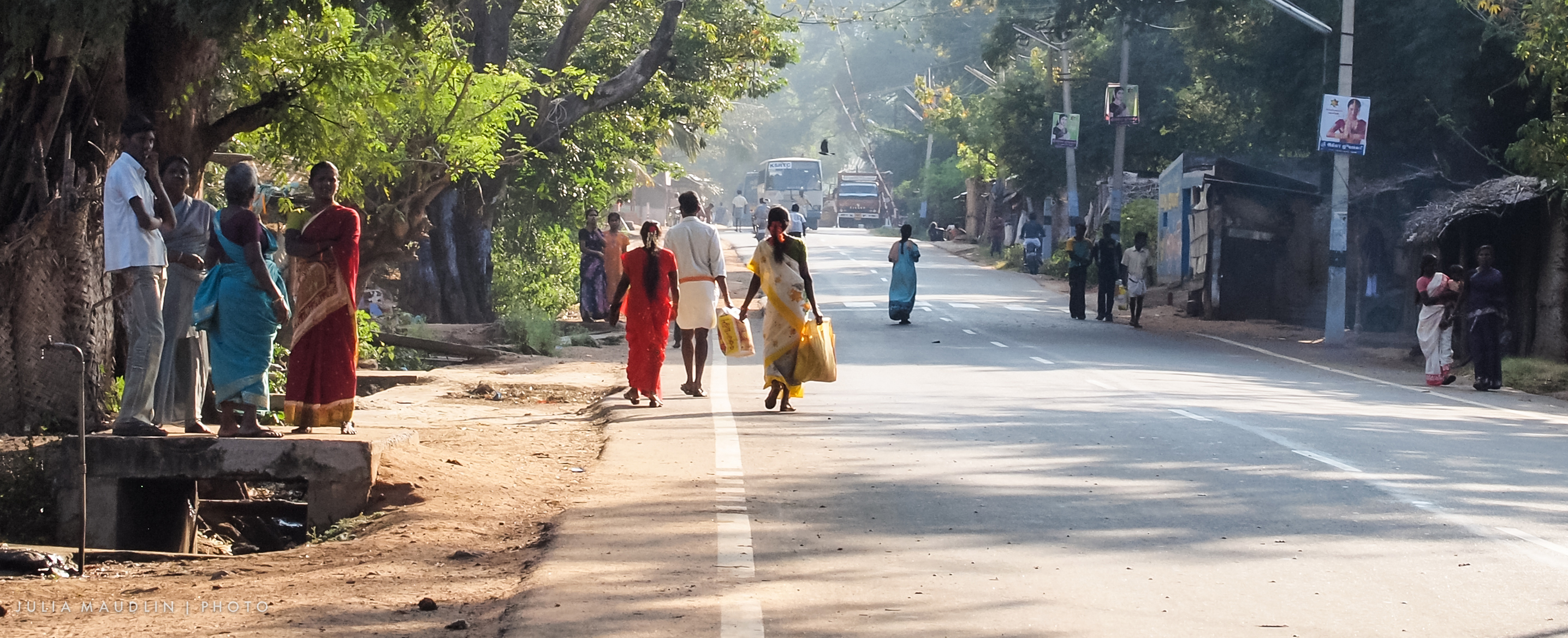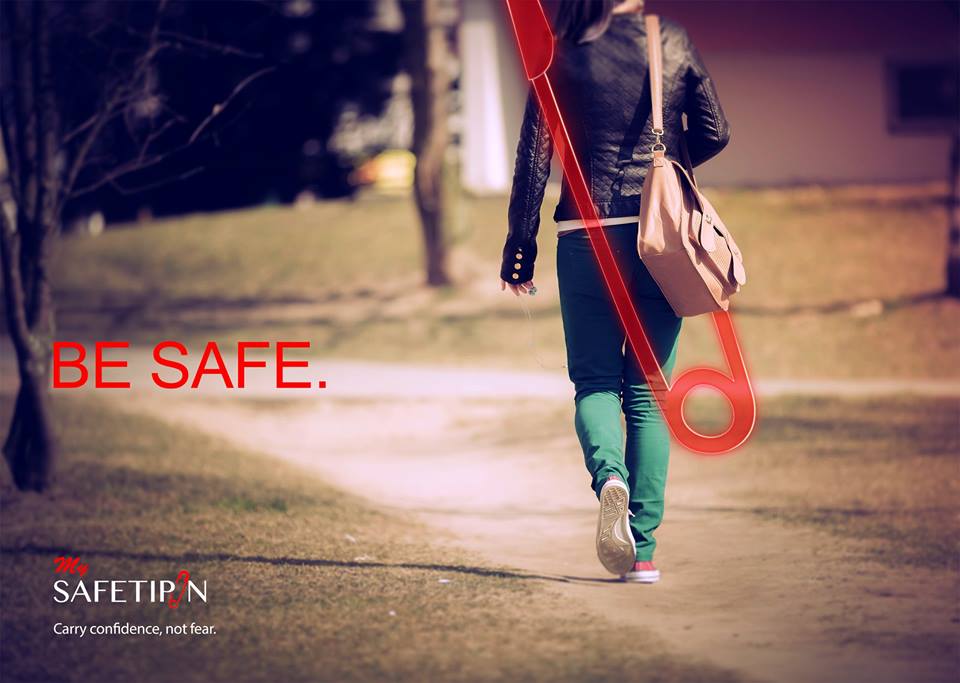
Creating Safer Public Spaces for Women
May 15, 2017 — Blog
There has been increasing concern about women’s safety in cities over the past few years. The fear of violence in public spaces affects the everyday lives of women as it restricts their movement and freedom to exert their right as citizens – freedom to move, study, work, and enjoy the city. I have worked on this issue for more than 15 years and was feeling that while our work created awareness, we were not able to create impact on a wide scale. I co-founded Safetipin along with Ashish Basu as a response to this concern.
We used to have many conversations about finding more innovative ways to improve the outreach and impact of good ideas, such as urban safety audits. It was through these conversations between a social researcher and a technology developer the idea for an app arose.
In early 2013, we designed and developed the mobile app and online platform Safetipin with input from experts around the world. The idea was to crowdsource information about safety in cities and make this data available to anyone who had the app. At its core, Safetipin is the safety audit that measures nine parameters including lighting, the state of the walking path and the presence of people, specifically women as ‘eyes on the street’ (an urban design principle of natural surveillance of streets). Each audit appears as a pin on the map and all safety audits in an area are used to calculate the Safety Score.

Safetipin has been designed both to be used as a tool in the hands of individual women who can access information about safety in the city and as a method of collecting data on a large scale for city authorities to use for better planning and governance. For the individual user, it provides her information and data that allows her to make safer decisions while moving around the city. It also has a feature that allows her to be tracked when feeling unsafe and to see safer routes when travelling. She can input her feelings and view all the data in-app.
For the individual user, it provides her information and data that allows her to make safer decisions while moving around the city.
From the beginning, the aim of Safetipin was to work towards large scale change and impact. While crowdsourcing helped us get very valuable data, we soon realised that it would not be enough. Further, we realised that when women felt very unsafe, they were unlikely to take out their phones to do an audit. So we came up with another app Safetipin Nite, which could take pictures of the city at night to be analysed along the same parameters of the safety audit. This was then used to supplement the user generated data. Now we had a tool which allowed us to collect city wide data. We have forged an interesting partnership with Uber where they help us by mounting the phones in their cabs. This has helped us expand our reach and in these past 3.5 years, we have over 100,000 audits from 30 cities, both in India and globally.
We believe that women have a right to access all opportunities in a city. Safetipin helps them make safer decisions.

Collecting data on such a large scale provides us the opportunity to work with city governments to help them address key safety concerns as well as provide recommendations for change. Different cities have used the app and data in different ways. For example in Delhi, our data identified 7,483 dark spots in the city, which the government had committed to fix. Once it is done, we will conduct fresh audits in these areas to see if safety has improved. In Bogota, the city government used Safetipin Nite mounted on bicycles to audit bike paths in the city. Nairobi City Council has used Safetipin to audit select neighborhoods and planned improvements based on the data generated. The ADB Youth group in Manila mobilised 100 volunteers and conducted over 2000 audits across Quezon City and the data has been shared with city authorities. We work in close partnerships with different UN agencies to ensure sustainability of the work. We also work in partnership with city governments and civil society to ensure that the data leads to positive change in cities.
While there are many women’s safety apps that function as emergency apps as a response to a dangerous situation, Safetipin chose to address prevention. We have always seen the value in collecting data and connecting with citizens to provide a platform for them to share their views as well as interact with the data.
We believe that women have a right to access all opportunities in a city. Safetipin helps them make safer decisions. We look forward to Safetipin being used by many more people and making more cities safer places to live.

Meet the 2017 Class of Global Urban Innovators
Photo Credit: © Julia Maudlin